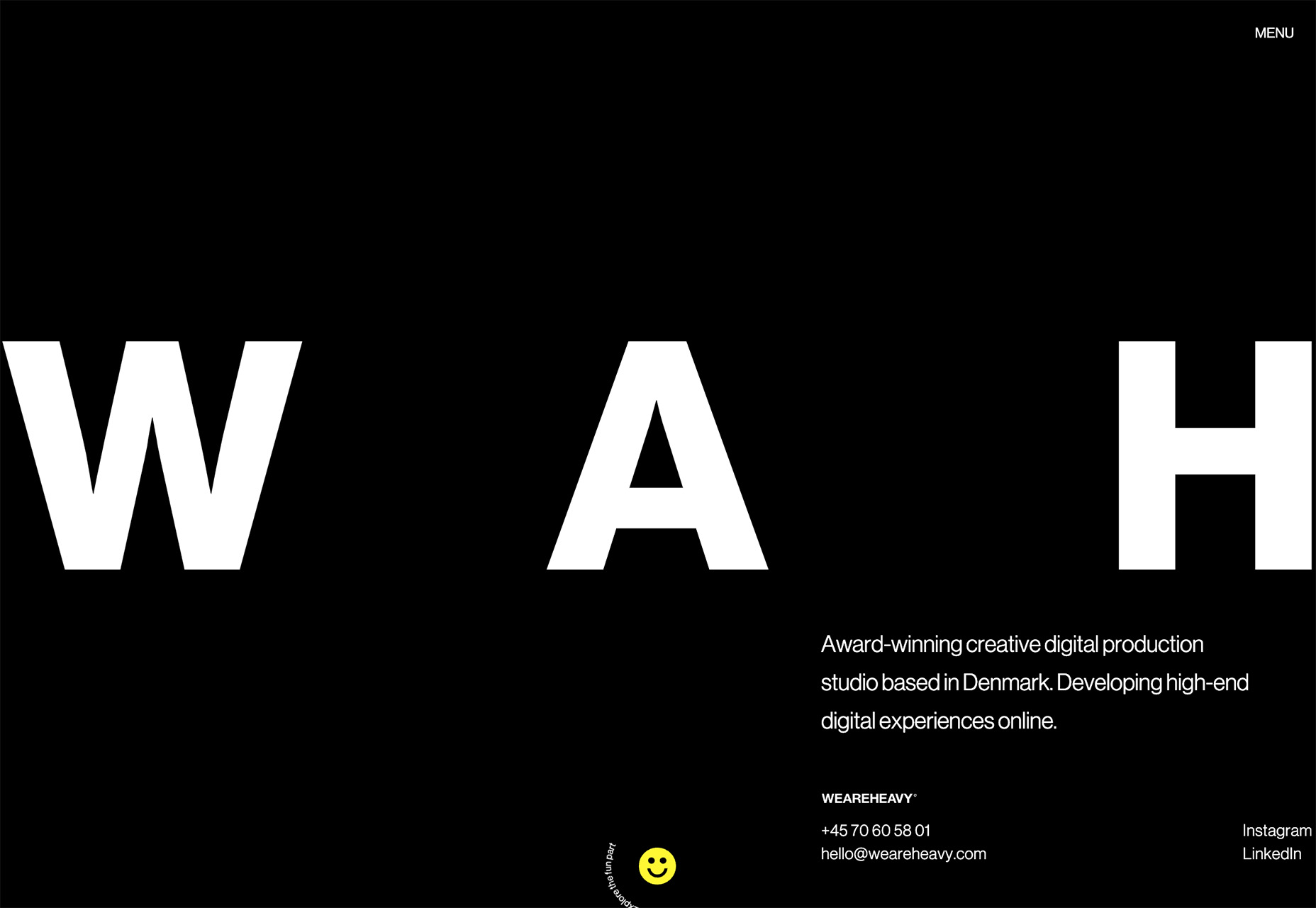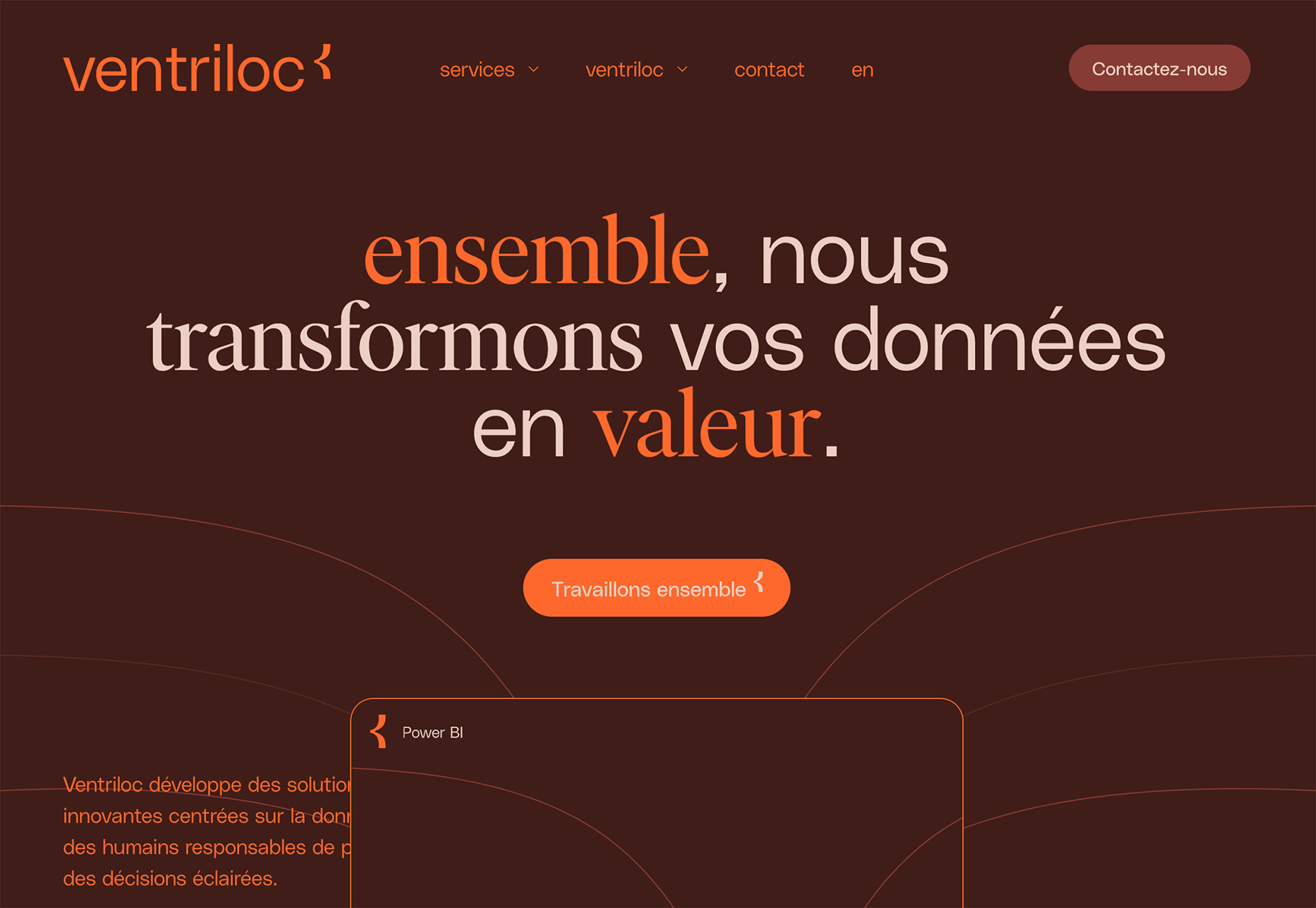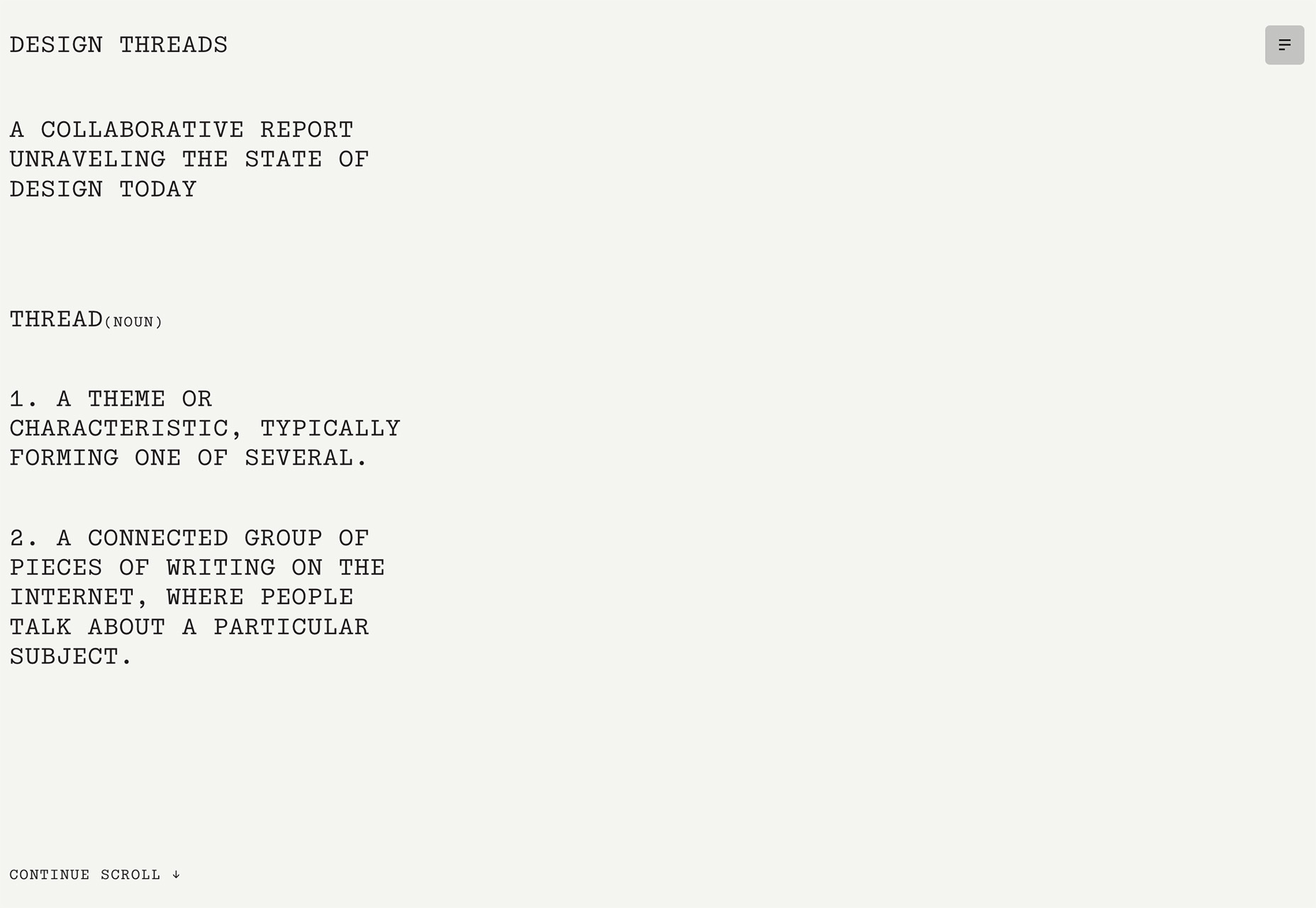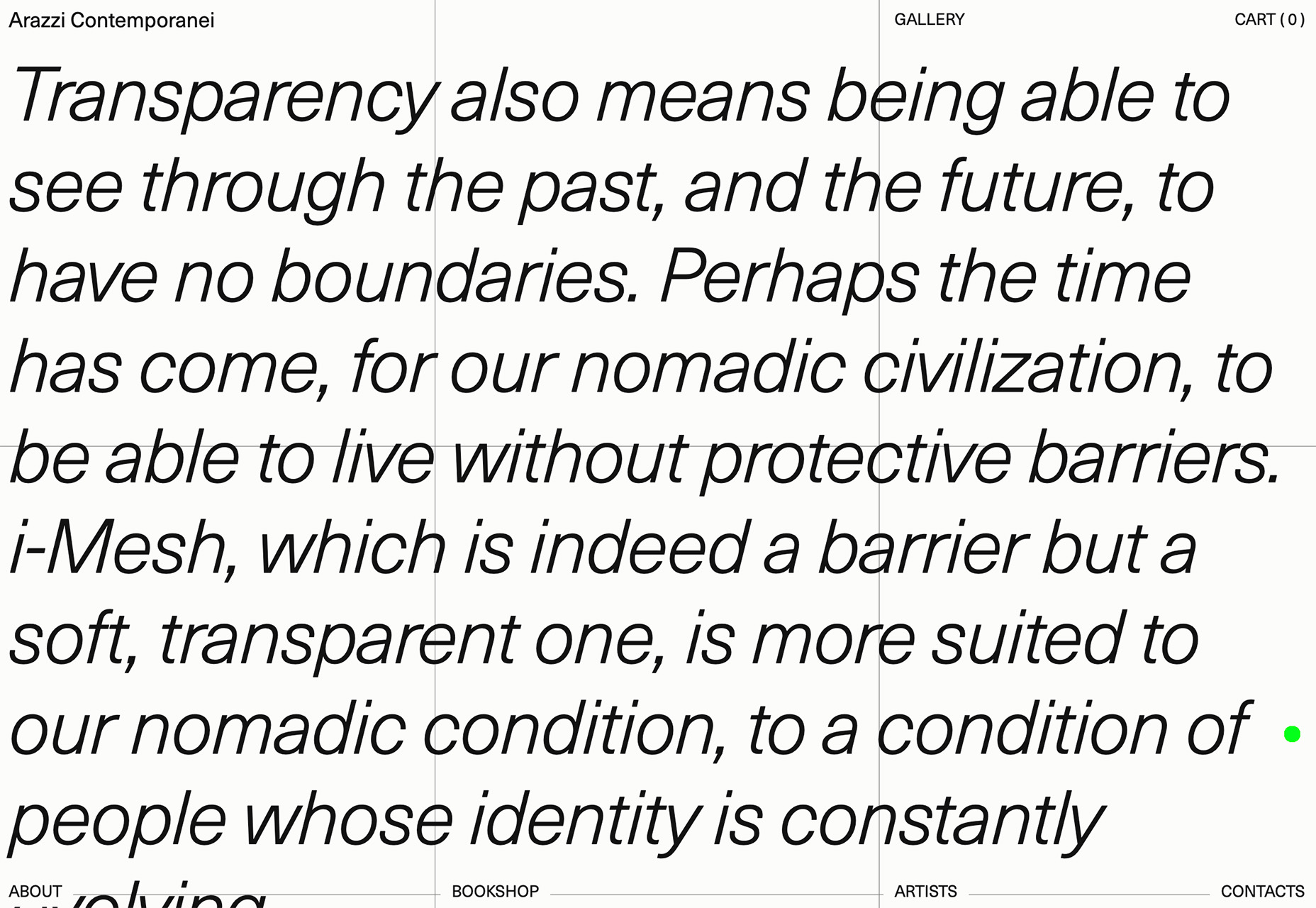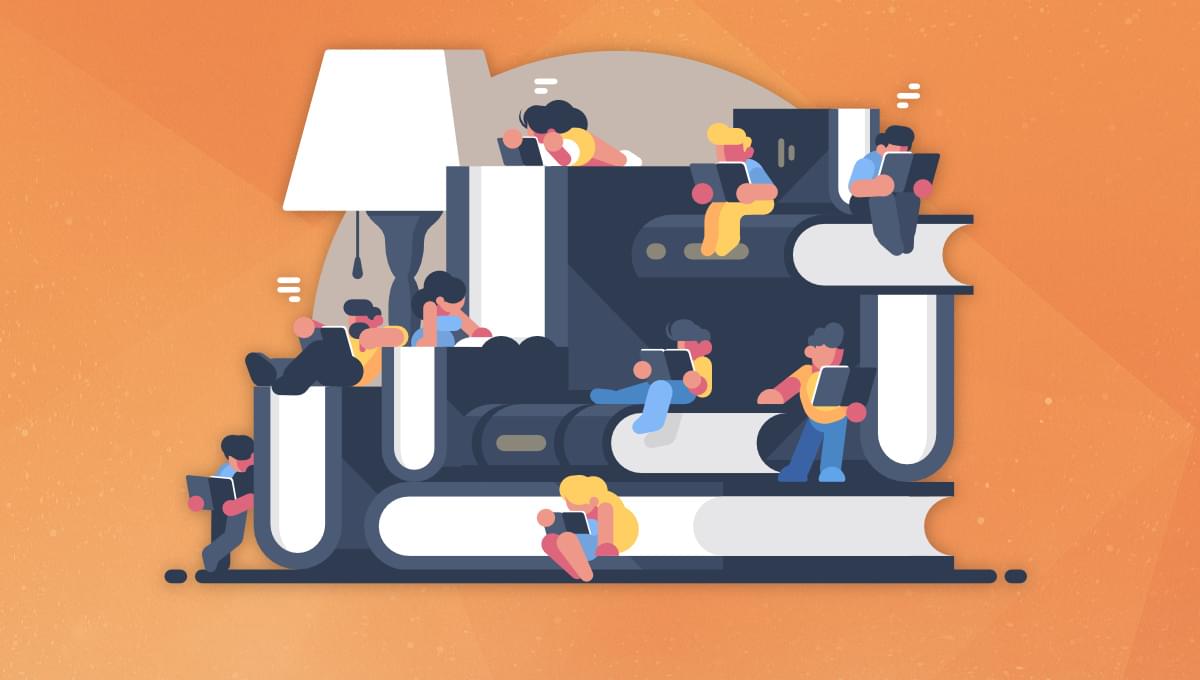Automating Sales with Email Finder Tools
Original Source: https://www.hongkiat.com/blog/automate-sales-email-finders/
In today’s digital age, email has become an essential tool for businesses looking to reach and connect with their customers. However, finding the right email addresses can be a time-consuming and tedious task. This is where email finder tools come in.
Email finder tools are software programs that help businesses quickly and accurately find the email addresses of potential customers. These tools use a variety of methods to search for and extract email addresses from the Internet, including web scraping, data mining, and social media scraping.
One of the main benefits of email finder tools is their ability to save time and improve efficiency. By automating the process of finding email addresses, businesses can focus on more important tasks such as crafting personalized and effective email campaigns.
Another advantage of email finder tools is their accuracy. Many of these tools use advanced algorithms and techniques to verify and validate the email addresses they find, ensuring that businesses are reaching the right people with their messages.
Also, your sales team is the engine that drives your business, so it’s important to ensure they have the right tools to make their job easier. These automated tools help you locate contact information quickly and accurately, so your sales team can focus on what matters most – closing deals. Let’s take a look at how these tools work and why they are essential for any sales team.
How email finder tools work
Email finder tools use algorithms to search the web for contact information based on criteria such as name, job title, company name, location, and more. The results are then compiled into a list of contacts with all the relevant contact details – including email addresses – available in one place.
This helps you build targeted lists of potential leads in just a few clicks, saving your sales team precious time and energy that can be used elsewhere.
Benefits of email finder tools
The biggest advantage of using an email finder tool is that it eliminates manual data entry and increases efficiency in contacting leads. Having accurate contact information readily available means you don’t waste valuable resources trying to track down old or outdated contacts.
This ensures that your sales team can reach out to high-quality leads faster than ever, ultimately leading to more conversions and higher profits for your business.
Additionally, using an email finder tool allows you to stay organized when dealing with large numbers of leads since all the data will be stored in one place.
Best email finder tools
There are many different email finder tools available, and the right one for your business will depend on your specific needs and goals. Here are some email finder tools that can help you run your business.
1. LeadIQ

LeadIQ uses web scraping and data mining techniques to find the email addresses of potential customers. It also offers lead qualification and scoring capabilities to help sales reps prioritize their outreach.
In addition, LeadIQ offers integrations with popular CRM systems and email marketing platforms, making it easy to import and manage found emails.
2. AeroLeads

AeroLeads builds an email list in real-time using web and social media scraping. It also offers integrations with popular CRM systems, making it easy to import and manage found emails. Some of its features include email verification, integration with popular CMS, and automation of prospecting among others.
3. Anymail Finder

A reliable email finder, Anymail Finder can find any email address through web scraping and data mining. Plus, there are email verification capabilities in the tool to ensure the accuracy of found emails.
Moreover, you can search for email addresses through their names, company name, or domain name. Plus, you can export found emails in various formats.
4. FindThatLead

A B2B sales prospecting tool, FindThatLead helps you enrich your database with potential customers based on location, industry, or keywords.
It also offers lead qualification and scoring capabilities to help sales reps prioritize their outreach. The tool is ideal for sales teams, recruiters, B2B companies, and growth hackers etc.
5. ContactOut

Find emails and phone numbers of more than 250 million professionals with ContactOut. It also offers integrations with popular CRM systems, making it easy to import and manage found emails.
Additionally, it allows users to search for email addresses by name, company, or domain and offers the ability to export found emails in various formats.
Disclaimer. The author of this post works for ContactOut.
Clearbit Connect

Clearbit Connect makes it easy to get emails of professionals from any field. It also offers email verification capabilities to ensure the accuracy of found emails. From names and companies to domain names, you can find email addresses and export them in various formats.
7. LeadFuze

LeadFuze offers lead qualification and scoring capabilities to help sales reps prioritize their outreach. It also enables users to search for email addresses by name, company, or domain and offers the ability to export found emails in various formats.
8. Snov.io

Snov.io has a database of over 260 million email addresses. Using web and media scraping, it also offers integrations with popular CRM systems, making it easy to import and manage found emails.
The collected emails have a 98% accuracy and you’ll be able to get names, company information, country/ state and many other aspects about your prospects.
9. Findthat.Email

Findthat.Email helps you find the email address of millions of professionals worldwide. It features a bulk email finder, email verification, finding prospects in social media networks, and integration with more than 500 apps.
Conclusion
Overall, email finder tools can be powerful tools for businesses looking to automate their sales efforts and reach more potential customers. By streamlining the process of finding email addresses and verifying their accuracy, businesses can more effectively reach and engage with their target audience.
Email finder tools are essential to any successful sales process because they automate tedious tasks like finding contact information and help maximize efficiency across teams.
By providing accurate contact information quickly, these automated tools empower your sales team by giving them more time to focus on what matters most – closing deals and driving revenue for your business. Investing in a reliable email finder tool could be just what your organization needs to take its performance to the next level!
The post Automating Sales with Email Finder Tools appeared first on Hongkiat.

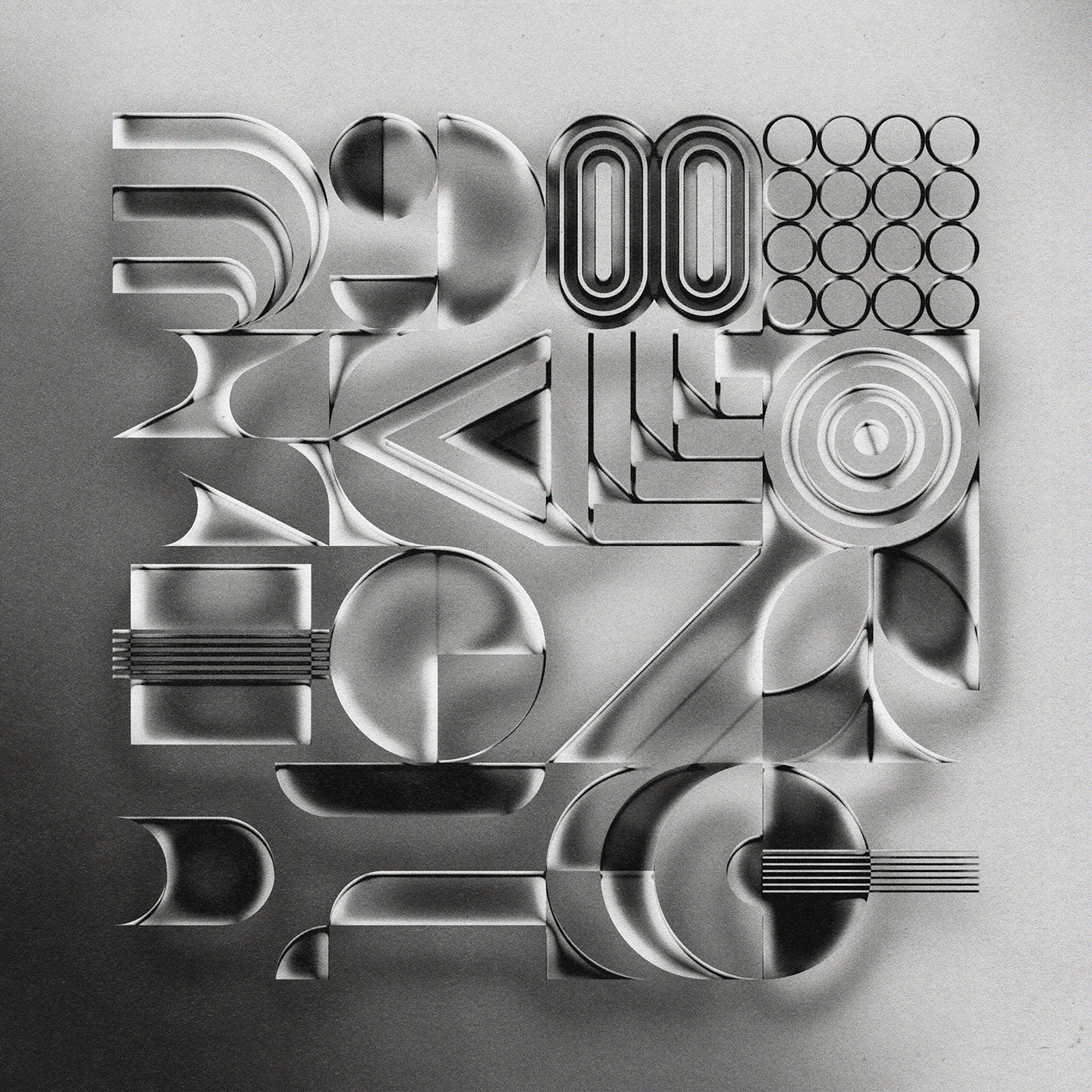
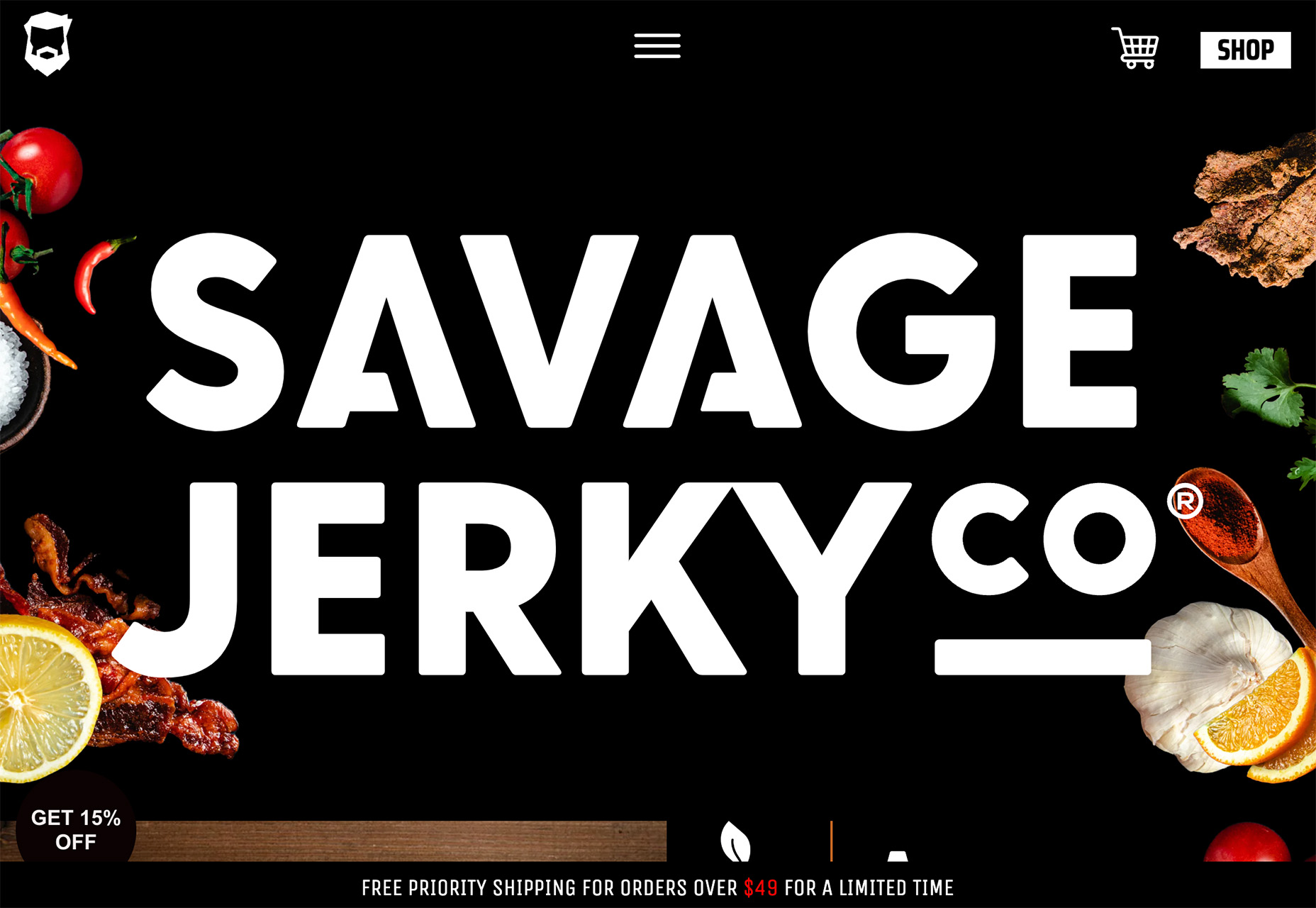 Minimal styles with big, bold text is the biggest trending website design element of 2023 so far. There are many projects out there that are text-heavy without a lot of other embellishments or imagery. You’ll see a lot of that here, with a few other goodies mixed in.
Minimal styles with big, bold text is the biggest trending website design element of 2023 so far. There are many projects out there that are text-heavy without a lot of other embellishments or imagery. You’ll see a lot of that here, with a few other goodies mixed in.
